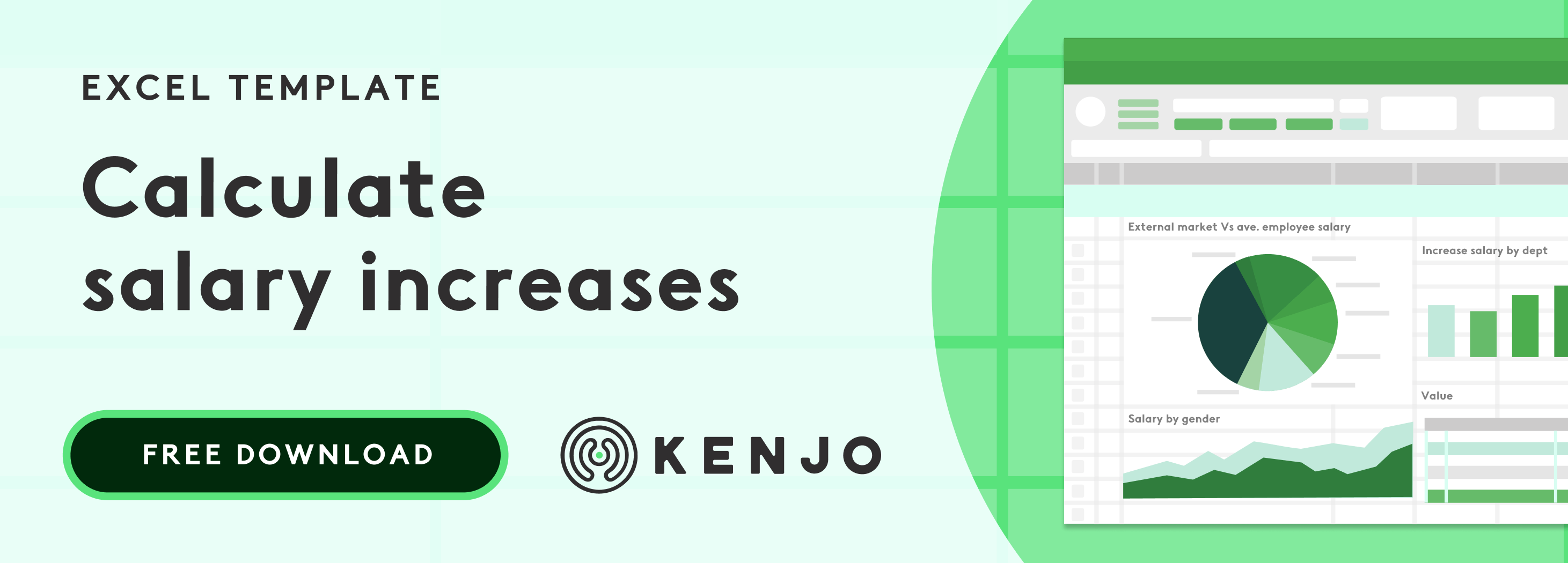As Albert Einstein apparently said: "Insanity is doing the same thing over and over again, and expecting different results." And this is why more and more companies are applying new human resources management strategies. One example of this is a rewards and benefits programme. Do you know how to design an incentive plan for employees?
These types of initiatives enable organisations to work on a range of key aspects such as employee motivation and productivity, employer branding or talent attraction and retention.
Let's take a close look at this below, as well as the steps to design your own incentive plan.
Definition of an incentive plan
Incentive plans can be defined as follows: it's a type of compensation programme that companies use to stimulate employee performance and increase production. Rewards can be financial or in the form of payment in kind, depending on the team's preferences.
It's worth noting that any incentive programme should be accompanied by a plan outlining measurable objectives. This means the company can measure workers performance, and reward them with the incentives agreed if the results are positive.
The practice of offering employee incentives emerged in the second half of the 19th century in mainstream scientific management. Frederick W. Taylor, one of the original instigators, discovered that professionals make more effort when offered extra rewards.

Objectives of incentive plans
A report by Deloitte (2014) shows that a company's main objectives or motivations for establishing an annual incentive plan are as follows:

Source: Deloitte
So, as the chart illustrates, almost all the organisations surveyed focus on aligning incentives with the business objectives. And secondly, to offer more attractive packages on the job market.
There are also other reasons for designing incentive plans that are not mentioned in the report:
- Increase employee motivation in the company.
- Boost workers' professional growth and development.
- Improve the work climate.
- Measure the company's performance.
Types of incentive plans
Before we look at the different kinds of rewards, let's first talk about the difference between incentives and benefits. Incentives are awarded to employees for outstanding performance, whereas benefits apply to the entire workforce equally.
There are different types of incentives that fall into the following two categories:
Monetary incentives
Non-monetary incentives
- Flexible working
- Meal vouchers
- Free or subsidised transport
- Training
- Incentive travel
- Free access or subsidies for services (childcare, gym membership)
- Gifts in the form of products (Amazon gift card, Christmas hamper)
Advantages and disadvantages of incentives
All initiatives have their positives, but also the negatives. It's essential to know what these are if you want to get the desired results.
Advantages
Let's start with the advantages:
- Employee incentives are a good way of transmitting the company's objectives and values.
- Motivate employees to hit their targets. Some 85% of employees feel more motivated to give their best if offered an incentive, according to a study published in Business News Daily.
- Improves the work climate. The study also states that 73% of employees described the work climate as "good" or "very good."
- Increases talent retention and employee commitment to the organisation, and also attracts skilled professionals.
- Recognises hard work. According to Edwing A. Fleishman and Alan R. Bass, authors of the book Studies in Personnel and Industrial Psychology, job satisfaction is closely linked to the quality and quantity of the rewards they receive in their roles.
- Rewards can be based on individual or team performance.
Disadvantages
Now let's look at the negatives:
- It can cause resentment and mistrust among employees.
- Employees may concentrate their efforts on tasks related to the objectives and leave other important things aside.
- It can be tricky to find a balance between unattainable and demotivating goals, and very low targets that don't benefit the company.
- Creating clear and measurable parameters can be difficult.
6 steps to design an incentive plan
So, how can you design an incentive plan? Get the ball rolling by following these step-by-step tips:
1. Define your budget
The first thing you need to address in your company incentive plan is the money: do you have the budget for it? How far can you go? Clarify your budget and set a maximum amount for your plan.
2. Set clear objectives
Another important step when designing your employee incentive plan is to define your objectives for doing so. In other words, what do you want to achieve? What are your priorities? Which aspects need to improve?
Reviewing the company's business objectives is vital to answer these questions as it will give you a clue about which areas to focus on. Maybe it would be to increase sales, reduce staff turnover or attract talent.
3. Analyse what interests your employees
What are your employees' needs or concerns? Research this when designing an incentive plan to ensure it will be truly effective. Send an anonymous questionnaire by email and analyse the results to implement the most popular options.
Remember to do this regularly because your employees' interests can change over time, and it's vital to ensure they stay interested.

4. Select a type of incentive plan
Study the survey results and choose the incentives to implement, without exceeding your budget. They will undoubtedly fall into one of two categories we talked about before: monetary or non-monetary incentives.
5. Create the document
Put everything down in writing. The document should include the following points:
- Purpose.
- Potential benefits of the plan.
- Description of incentives.
- Objectives to fulfil.
- Evaluation method
Having this incentive plan on paper will be useful for internal distribution so that the entire workforce can check it whenever they have queries.
6. Communicate
Make others aware of your plan. Share it throughout the company so that the information reaches all employees. You can send it by email, make an explanatory video and organise workgroups to answer questions.
It's important that everyone receives information and, above all, that they understand it properly so make a point of doing this.
The most common examples of company incentive plans
Need a little inspiration to design your incentive plan? These are some of the rewards you can offer:
- Meal vouchers: the company can subsidise food so that employees can eat outside the office, or eat in a staff canteen.
- Medical insurance: your incentive plan could also include private medical insurance or discounts for specific insurance providers.
- Childcare vouchers: the company can offer support for employees with children under three years old. Most childcare voucher schemes and workplace nurseries are exempt from tax.
- Gym membership: encourage your employees to lead a healthy lifestyle by subsidising entry to sports facilities.
- Subsidised public transport: companies can offer employees free or subsidised public transportation. This could be exempt from tax if it is not part of a salary sacrifice scheme.
- Pension plans: these are another common incentive for employers that will help top up their retirement fund.
These are some of the most popular incentives. Still, every company can choose the ones that best suit the needs of employees and the business.



